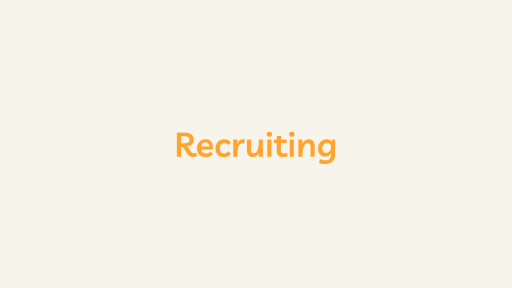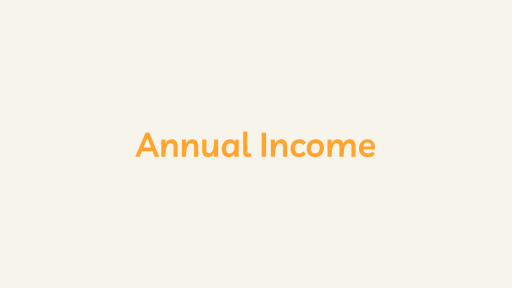What is a Chief People Officer?
A Chief People Officer (CPO), also commonly known as Chief Human Resources Officer (CHRO), is a high-ranking executive within an organization responsible for overseeing and leading all aspects of the human resources (HR) function. The role of a Chief People Officer goes beyond traditional HR responsibilities, extending into strategic leadership, organizational development, and fostering a positive workplace culture. The title “Chief People Officer” reflects a modern approach that emphasizes the importance of people in driving organizational success.
Key responsibilities and areas of focus for a Chief People Officer
- Strategic Leadership:
- As a executive leadership team member, the CPO plays a crucial role in aligning HR strategies with the organization’s overall strategic goals and objectives. They contribute to decision-making at the highest level.
- Talent Acquisition and Management:
- Overseeing the recruitment and retention of talent is a core responsibility. This includes developing strategies for attracting skilled professionals, managing the hiring process, and implementing programs to retain and develop employees.
- Organizational Culture and Employee Engagement:
- A Chief People Officer’s priorities are cultivating a positive organizational culture and fostering high levels of employee engagement. This involves initiatives related to employee well-being, diversity and inclusion, and creating a supportive work environment.
- Learning and Development:
- Implementing learning and development programs to enhance the skills and capabilities of the workforce is crucial. This includes training initiatives, leadership development, and career advancement opportunities.
- Performance Management:
- Developing and overseeing performance management processes ensures that employees receive regular feedback, set performance goals, and have opportunities for professional growth.
- Compensation and Benefits:
- Managing the design and implementation of competitive compensation and benefits programs to attract and retain top talent is a key responsibility. This includes salary structures, incentives, and employee benefits.
- Employee Relations:
- Handling employee relations matters, including conflict resolution and addressing workplace issues, falls within the purview of the CPO. They work to maintain a positive and harmonious work environment.
- HR Technology and Analytics:
- Leveraging technology and data analytics to streamline HR processes, enhance decision-making, and gain insights into workforce trends is increasingly important. The CPO oversees the adoption and optimization of HR technologies.
- Succession Planning:
- The chief people officer’s role includes planning for the organization’s future leadership needs. This includes identifying and developing potential leaders through succession planning initiatives.
- Legal Compliance:
- Ensuring compliance with labor laws and regulations is critical to mitigate legal risks. The Chief People Officer keeps abreast of changes in employment laws and ensures that HR practices align with legal requirements.
- Strategic Communication:
- Communicating HR policies, initiatives, and organizational changes effectively to employees is vital. The CPO is often involved in shaping internal communication strategies.
- Employee Advocacy:
- The Chief People Officer advocates for employees and represents the workforce’s interests and concerns to the executive leadership team.
Conclusion
The role of a Chief People Officer has evolved to reflect the strategic importance of human capital in achieving organizational goals. They contribute to shaping a workplace that attracts, retains, and develops top talent while fostering a culture that promotes innovation, collaboration, and employee well-being.





